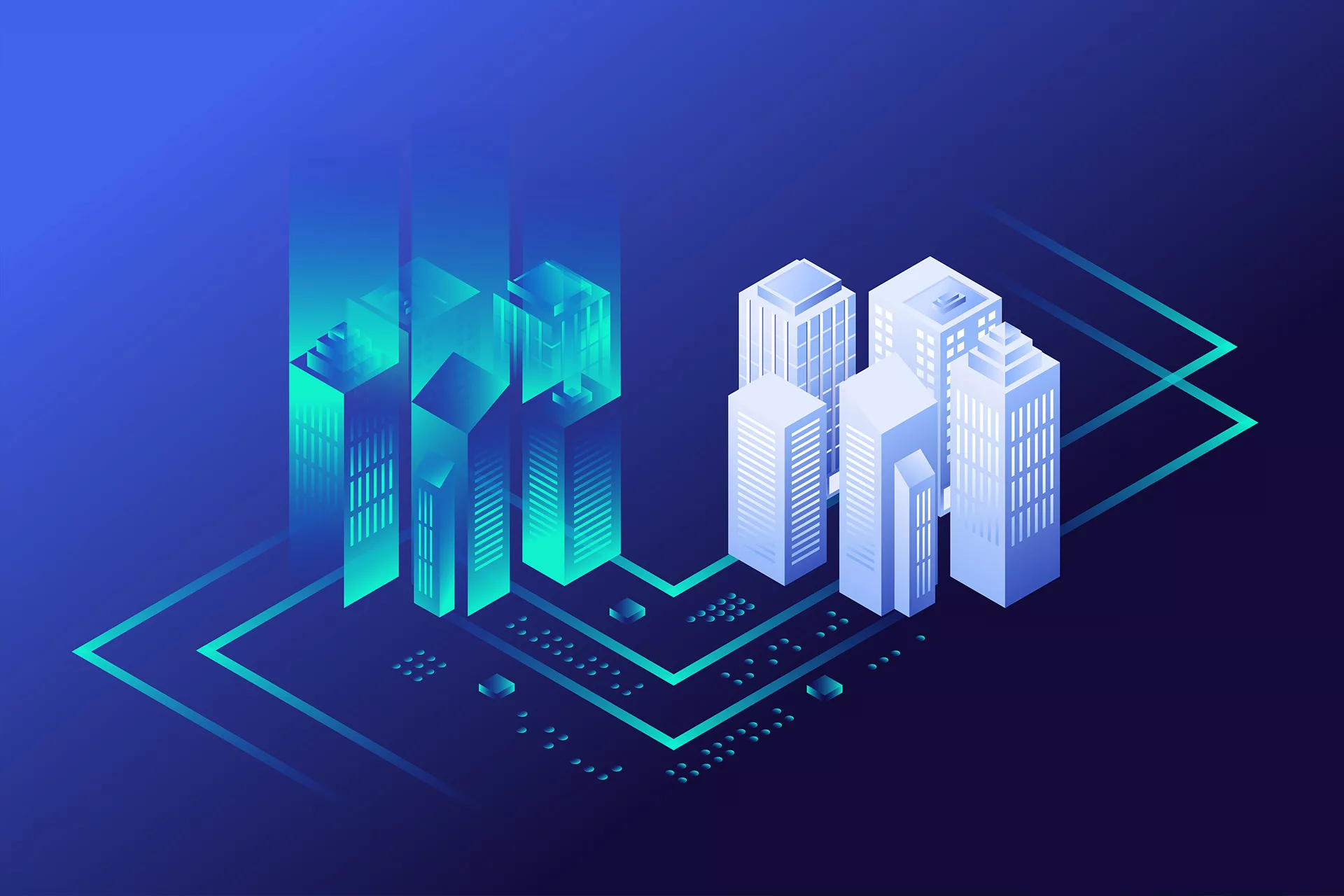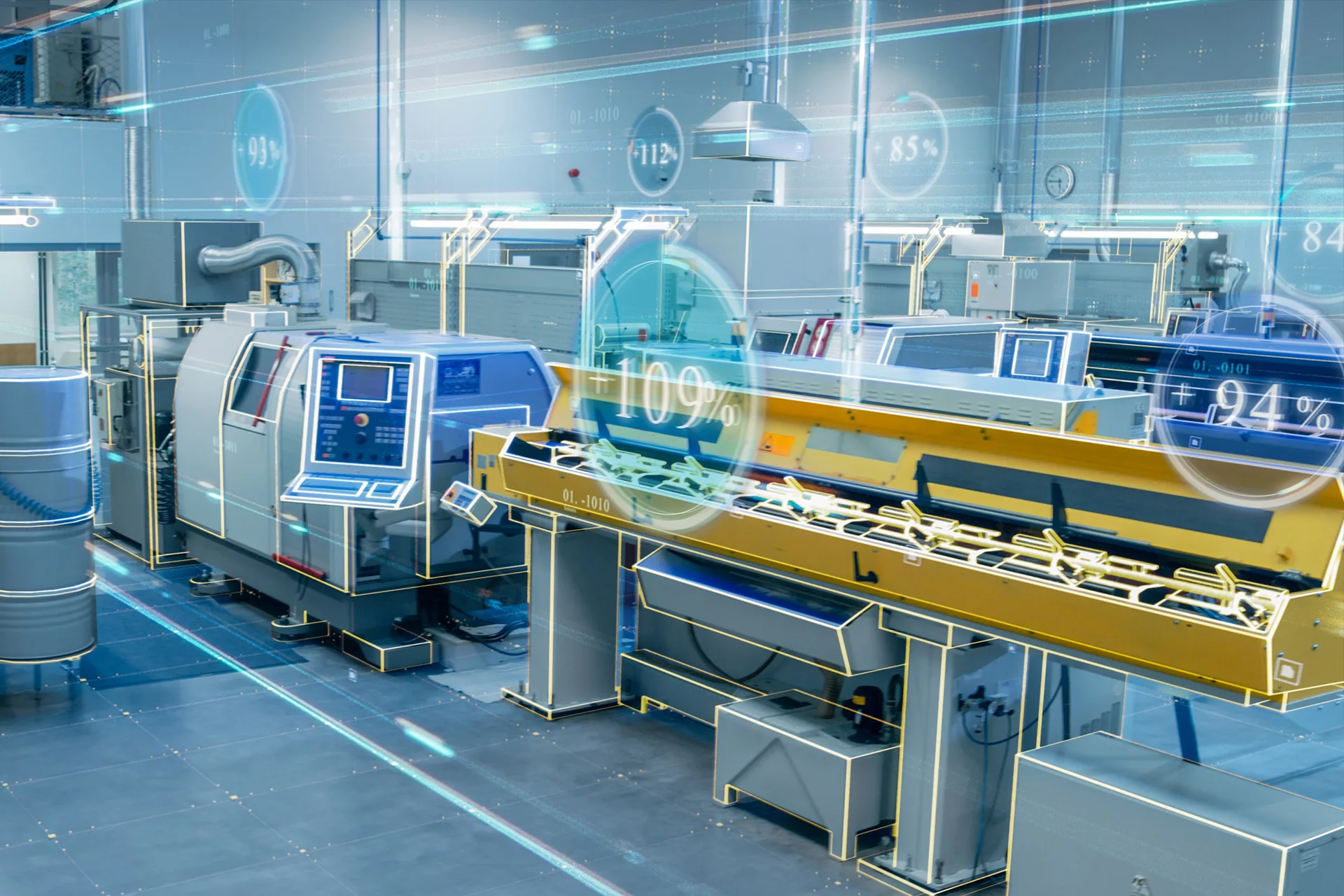What is a Digital Twin in Process Manufacturing?
In a previous blog post, we explained that contemporary industry language or buzz words can create confusion. One example of a common process buzz words that may cause confusion is the concept of manufacturing digital transformation and a “Digital Twin.” Customers are asking about it and vendors are promoting it. But, what exactly is a Digital Twin? We decided to start with the Wikipedia definition:.
“A Digital Twin is an integrated multiphysics, multiscale, probabilistic simulation of an as-built vehicle or system that uses the best available physical models, sensor updates, fleet history, etc., to mirror the life of its corresponding flying twin”
“A digital twin is a real time digital replica of a physical device”
According to the definitions, a digital twin can range from an HMI graphic screen displaying real-time data of the actual asset to a first principal’s simulation model allowing real-time “what-if” scenario analysis about the asset.
The first example is ubiquitous and accomplished quickly and cost effectively. The second, however, is highly specialized and requires a significant amount of effort to implement.
With Digital Twin having such a wide spectrum of possibilities, how do we define a Digital Twin solution? The answer is found in the question. A Digital Twin for process manufacturing can take many forms and the particular solution depends on the problem being solved as well as the desired outcome.
Rather than looking at a Digital Twin as a one-size-fits all, ask yourself this question – “What are my Digital Twin needs?” This is a classic case of not letting technology define your problem, but rather letting your problem define the technology.
How a Digital Twin Can Help Process Manufacturers
In many scenarios we are seeing these days, the goal is provide plant operators and subject matter experts with all the digitally available information about an asset for trouble-shooting and operations optimization.
In real-terms, there are a few steps to this. First, if your plant is not currently collecting and storing data from all your key sensors in a proper data historian, effectively storing that data is the first step.
For the plants that have already implemented this step, the next opportunity is to contextualize this data correctly based on the process. Contextualizing data means organizing the data by asset, as well as easily filtering and aggregating the data in a meaningful way.
The next step is to look at additional “digital data.” For manufacturing and utilities, this could mean data collected offline, like LIMS or lab/quality data. This offline data provides important information about the output of an asset and is vital to optimization. Additionally, there may be other digital content, such as SOP’s and training materials. The ability to link these digital assets to the physical asset is very beneficial.
Digital Twin Examples in the Process Industries
A paper industry customer we’ve worked with has taken advantage of centralized subject matter experts for their unit operations.
There are several complicated and distinct processes required to turn a wood chip into a finished product. Having an expert in each of these operations at each site is not feasible. The evaporation process is a good example. It is energy-intensive and in many locations a production bottleneck.
To ensure success, the customer created a model of the necessary information for each evaporator. In this case, the information included the usual suspects of historian and lab-quality data, organized in an asset structure. It also included a common set of content for each site, used centrally by the SME and at the site:
- High-Performance Process Graphic
- Detailed Trend Overview
- Operation Envelopes
- Automated Notifications
Of particular value was the High-Performance Process Graphic. It is an exact representation of each site, built using Process Flow Diagrams, Operator Displays, and P&ID’s. This detailed representation allowed the remote SME to communicate with the on-site operations and maintenance teams effectively.

Integrating IT & OT data at your plant? Let our Digital Transformation Roadmap guide your way.
In many cases, this graphic contained the information normally represented on 10-12 DCS screens and optimally viewed with a 4K monitor. The combination of the right data analysis tools and access to this “Digital Twin” enabled remote monitoring to be successful. The company was able to leverage existing infrastructure without costly rip and replace, which was critical given their variety of systems (multiple vendors for historian and lab/quality).
In one specific example, they had condensate contamination in the back-end. Because of a comprehensive, all in one trend display, the operator spotted a change that occurred in the front-end while the contamination occurred in the back-end. The operator found something related to the problem but did not understand why. This discussion came up in an operator training session. With the comprehensive, all in one graphic display, it was easy to demonstrate why the change the operator observed in the set’s front-end up as a problem in the set’s back-end. Once the operator understood the interaction, the operator immediately knew how to fix the problem, which required shutting down the asset. It was a great training exercise for everyone in the class and took a combination of people and a “digital twin” to solve the problem quickly.
Digital Twin to Relay Legacy Knowledge and Processes
Another area we are asked about more and more are digital tools to capture the inherent knowledge of the workforce. The challenge could be the so called “brain drain” created by a wave of retiring workers, the desire to efficiently move workers from site to site or other compelling reasons. The opportunity to efficiently convey the knowledge of your most experienced operator or subject matter expert to everyone at the plant delivers significant value. This may come in the form of faster training for new hires to fewer calls to the SME that is on-call enjoying their vacation. At the minimum, you have a happier workforce and in the ultimate scenario, your plant runs much more efficiently with a happy workforce. Either way, it’s a win!
As an example, we recently had a customer roll out an initiative they called “5 Why”. They found that consistently a problem in their process would get solved, but the knowledge about the solution would be lost. The operator on duty the first time inherently knew how to solve the problem, but that knowledge was not known to anyone else. So, when the problem occurred again, it would not get solved promptly. To solve this, PARCview now has a capability enabling anyone in the plant to create tag relationships and link external resources (SOP’s, training, intranet pages, etc.) and then easily access these relationships. The result is a living knowledge for the process.
In summary, the delivery of a Digital Twin is a compelling concept. users have been taking advantage of this capability for twenty years. Solving problems is not new, but lower costs and continued innovation make it easier and easier for plants to take advantage of the digital twin and run more efficiently with greater profitability.
Curious what a Digital Twin can do for your business? Contact us today and we will explore the Digital Twin possibilities that dataPARC can offer your facility.









